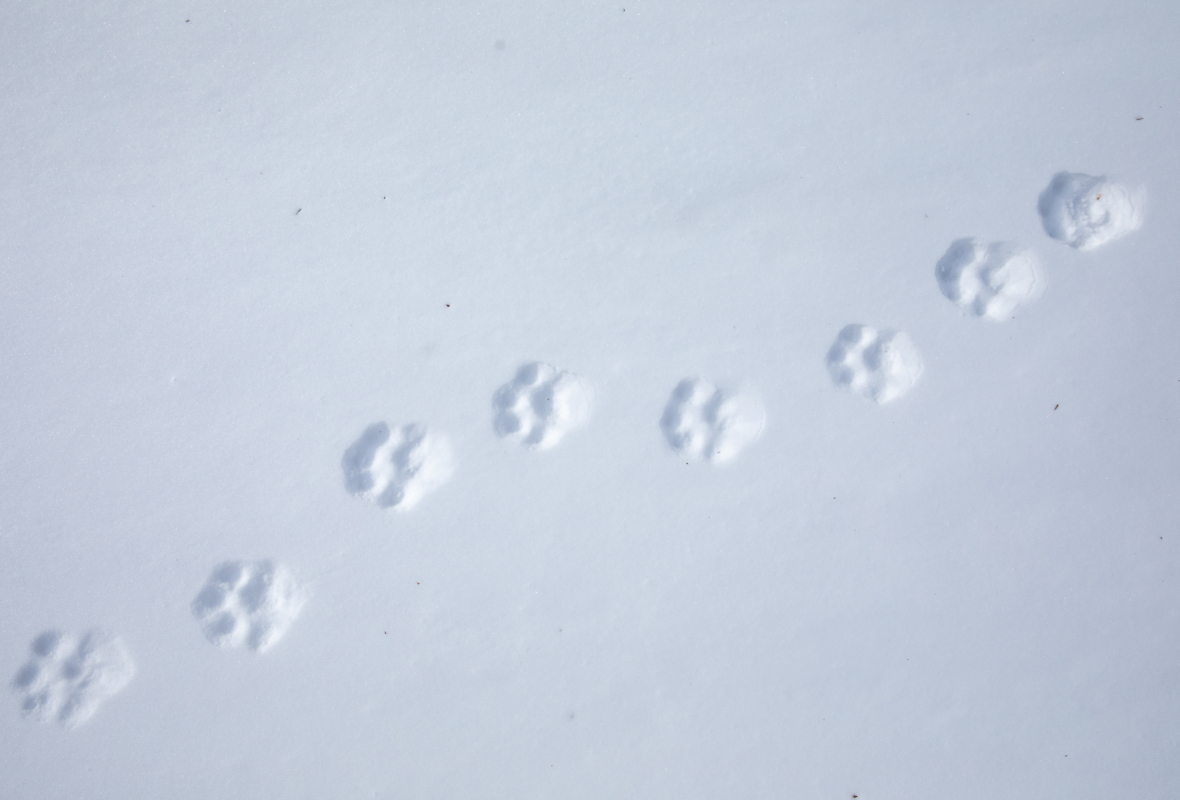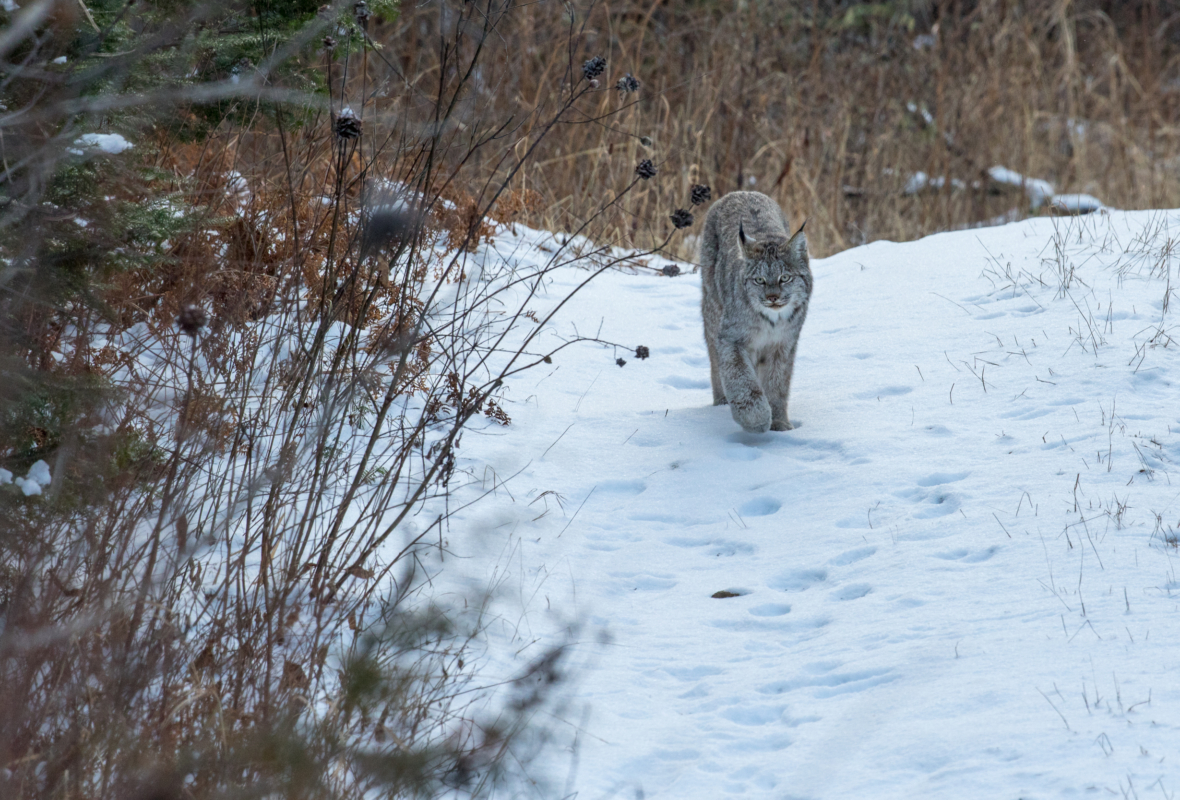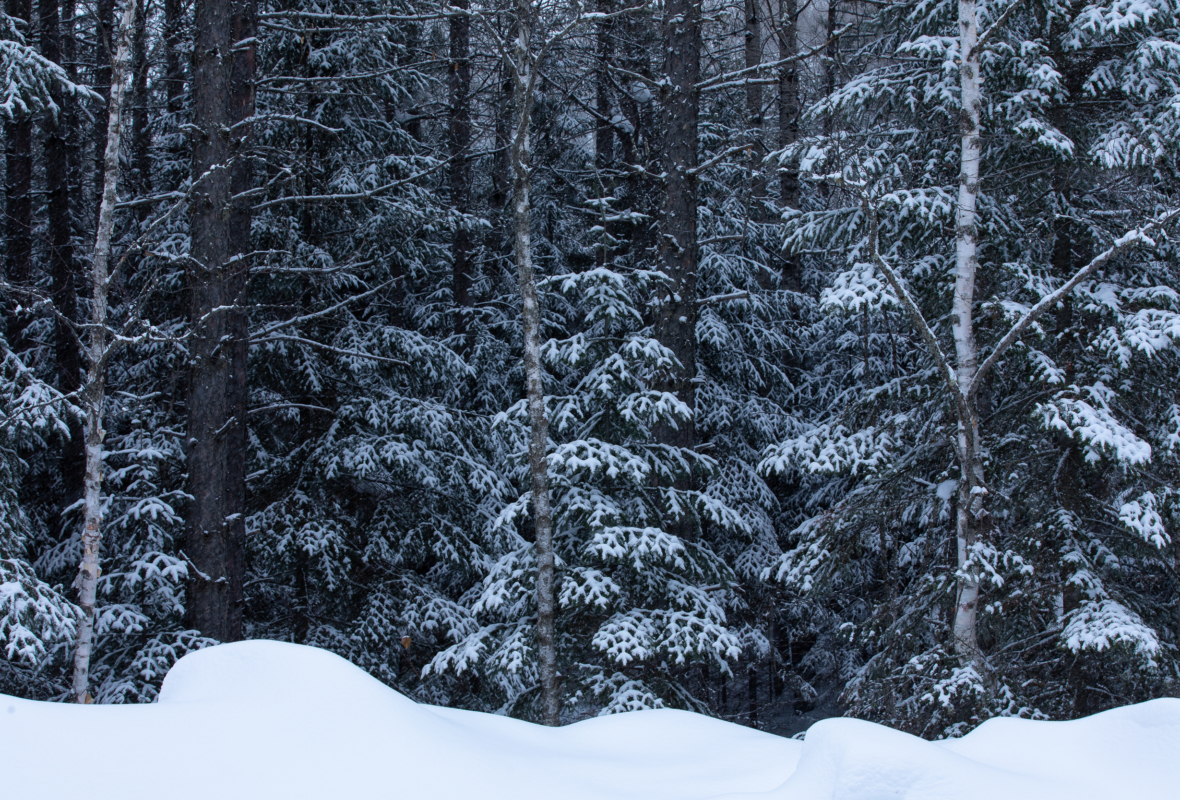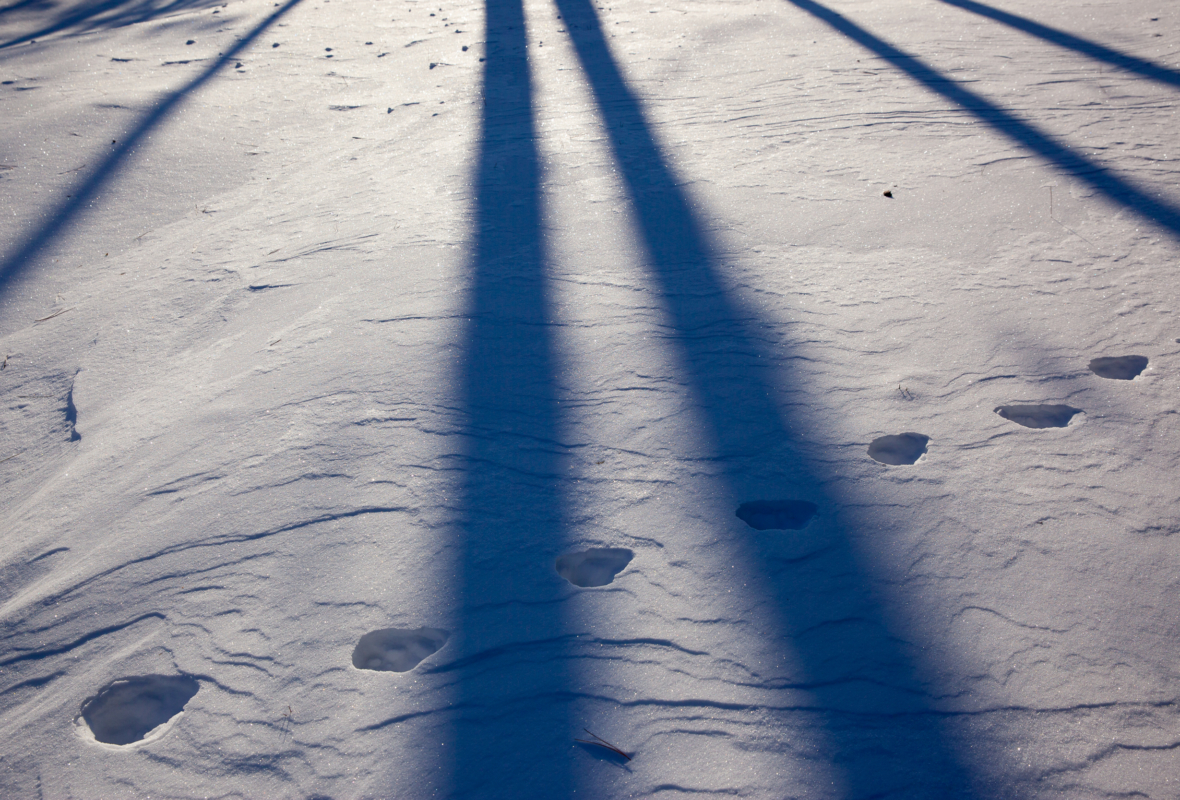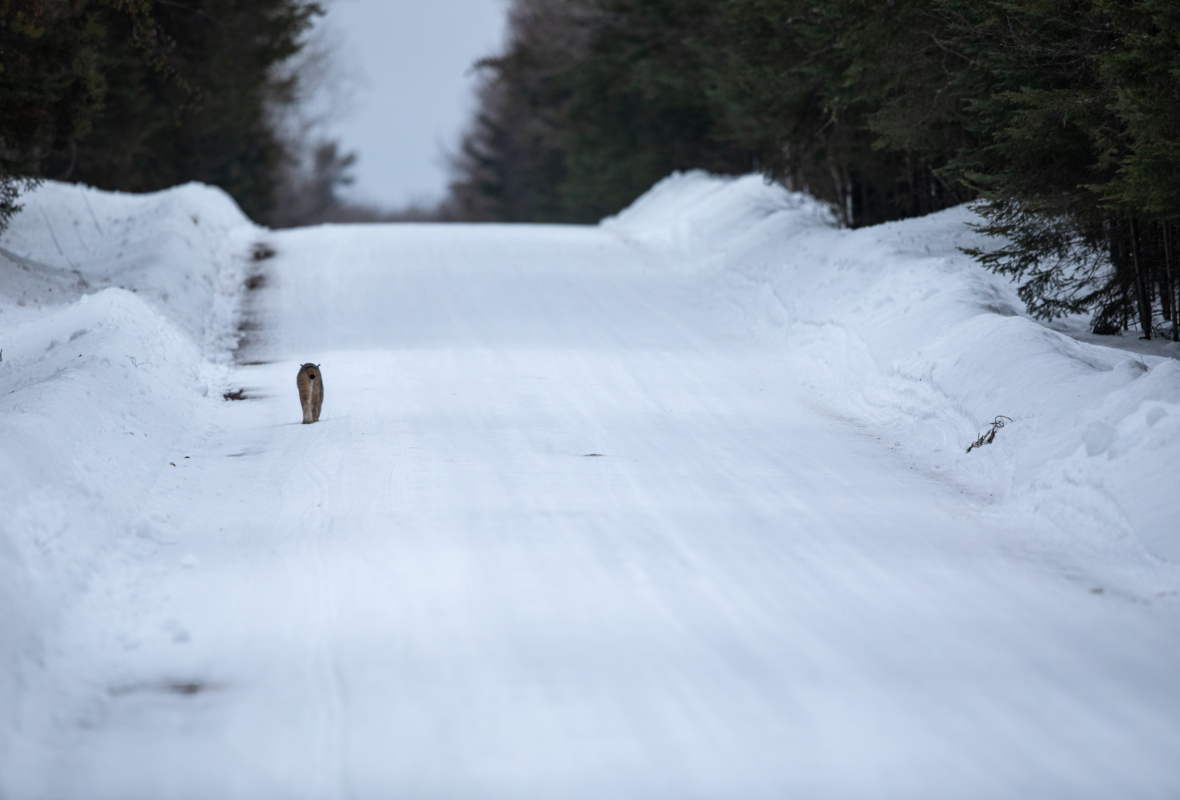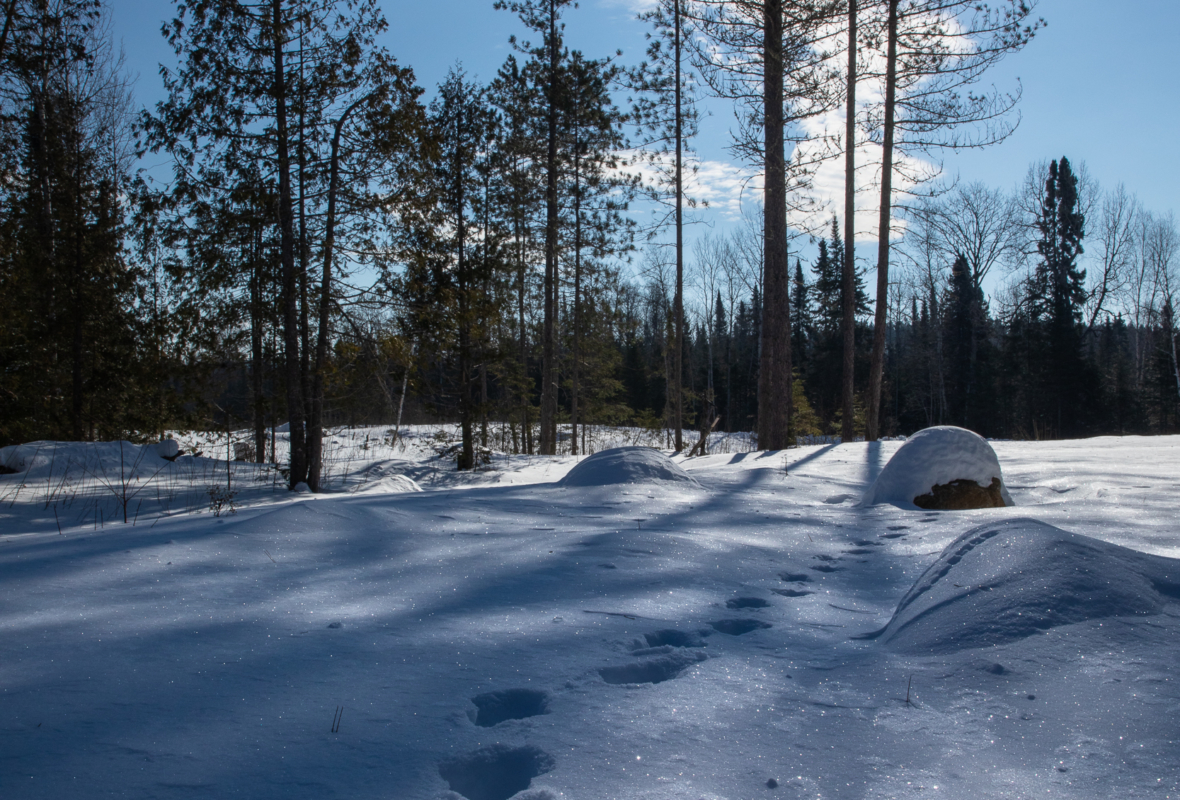
Ghosts of the Northwoods
Photojournalist Ben Olson shares his trek to find Minnesota’s elusive lynx.
My obsession with Canada lynx stems from a series of unexpected events and chance encounters. While I knew a small population of big cats resided in northeastern Minnesota, the notion of seeking them out hadn’t crossed my mind given the rarity and secrecy of these boreal ghosts. Roughly 200 of these stunning creatures reside in Minnesota, making them comparable to a needle in a haystack.
Oddly enough, the first tracks I ever encountered were found in wetland during the middle of August. I was searching edge habitat and topographic corridors for a good place to set a camera trap (a high-end trail camera). I knew black bears, wolves, moose and otters all used this area; I just needed to find a natural funnel that would force the wildlife to intersect my camera within close proximity. As I clumsily stumbled through mud and downed northern-white cedars I came upon a set of tracks I had never encountered during my 10+ years working in Minnesota’s boreal forests, but they were unmistakable: lynx. The water was abnormally low, and this particular cat was cruising the edge of the water; to hunt amphibians and rodents I imagined. I immediately set-up my camera and didn’t return for a month.
The suspense was almost torturous as I approached my camera.
It was in view, the water had risen from recent rainfall, and it appeared partially submerged. My heart sank and I assumed the worst: my set-up was ruined and I did not capture the elusive cat. To my surprise, the camera trap was unscathed, but upon first glance I had not captured the lynx or any other wildlife. I packed up my gear and headed home in defeat. To this day, I am not sure what possessed me to download the several frames that appeared empty, but I am glad I did. I had indeed captured the Canada lynx, and only 12 hours after I initially set-up the camera! The cat had not intersected my infrared sensor where I intended, but rather at the edge of the frame and about triple the distance I had anticipated. This resulted in the cat being underexposed and barely noticeable on the LCD of my camera. As exciting as this was, it was far from what I envisioned and only drove my obsession.

Fast-forward four months: driving down Highway 61 between Duluth and Two Harbors at night.
It was November, the first snowfall had come and it was time to go inspect that wetland for lynx tracks. All of the sudden a Christmas tree was laying in the middle of the highway. I swerved, only to be immediately greeted by two more. The last one was unavoidable, and my car was sacrificed. I was able to make it to Two Harbors and grab a hotel, only to discover my radiator was cracked. I was stranded. While this was unfortunate, it was also a blessing. The night of my accident a friend drove north to retrieve me and to hopefully salvage this nightmare of a trip. We departed late morning and began our drive northward, taking back roads the whole way. A few pit-stops were made on logging roads, which resulted in an encounter with a pack of wolves, but also took up a significant amount of time. We pondered if it was worth heading to the wetland any longer. Ultimately, we decided it was.
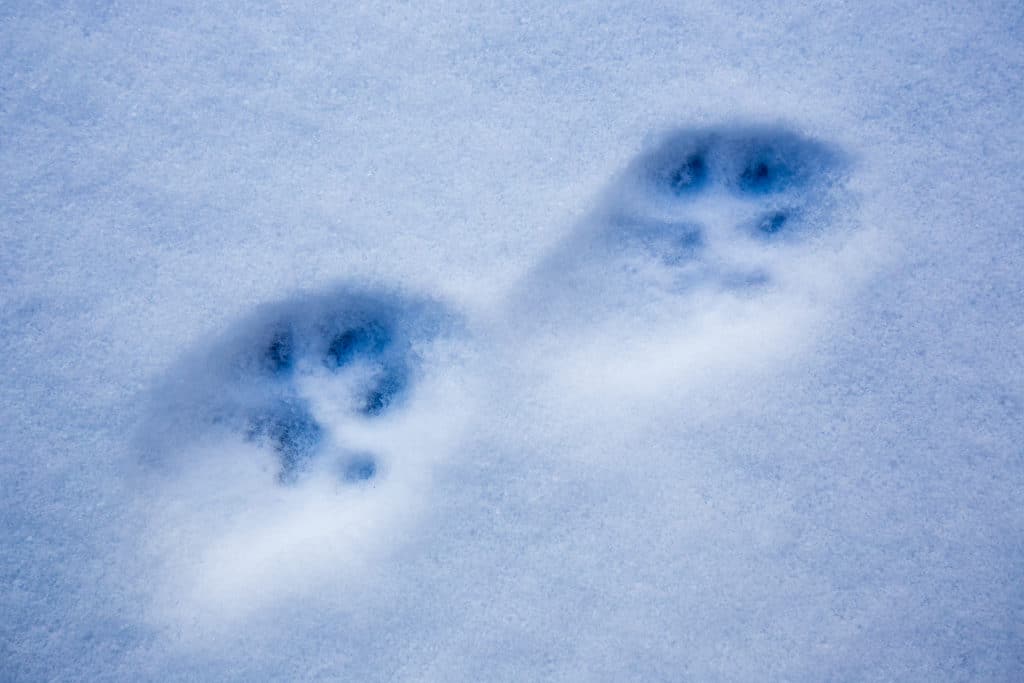
Immediately after we turned on the logging road we noticed it was covered in fresh lynx tracks.
They meandered along the road and explored dense willow and balsam fir stands. In a few locations there were even butt prints, where the cat had melted the snow as it sat and waited for snowshoe hares to emerge from the forest. We parked the car and I hopped out with camera in hand. It wasn’t 60 seconds after stepping on the ground that a female Canada lynx appeared 30 meters in front of me, and she wasn’t alone! Her kitten bounded off immediately, but she continued her approach to the edge of the forest in a stalking fashion, keenly watching and listening for movement within the forest. I was only able to fire off four frames before she disappeared. We waited for the better part of an hour for her to emerge, but she didn’t.
Needless to say, I was hooked at this point, and determined to document this beautiful cat.
That was 4 years ago, and I am still pursuing these cats every winter. Last year I spent a week living in the bed of a pick-up truck to track these cats for 8+ hours a day. I had two males making mating calls within 100 meters of me, a failed camera trap image of a lynx butt my second night, and a sighting of a male walking down a forest road 300 meters away. Each year I get closer and closer, and more obsessed. I will continue with the pursuit of the holy grail this year, along with a different approach to tell the story. There is an interesting relationship unfolding with this species, and I hope to document it over the next decade. Stay tuned… It’s almost lynx mating season!
All photos by Ben Olson
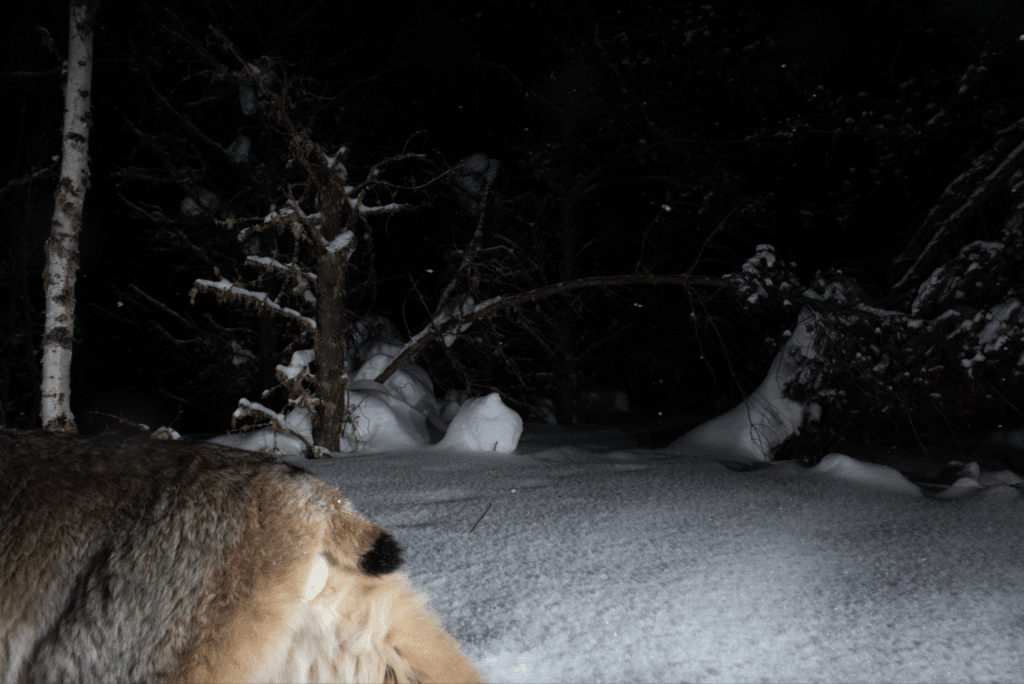
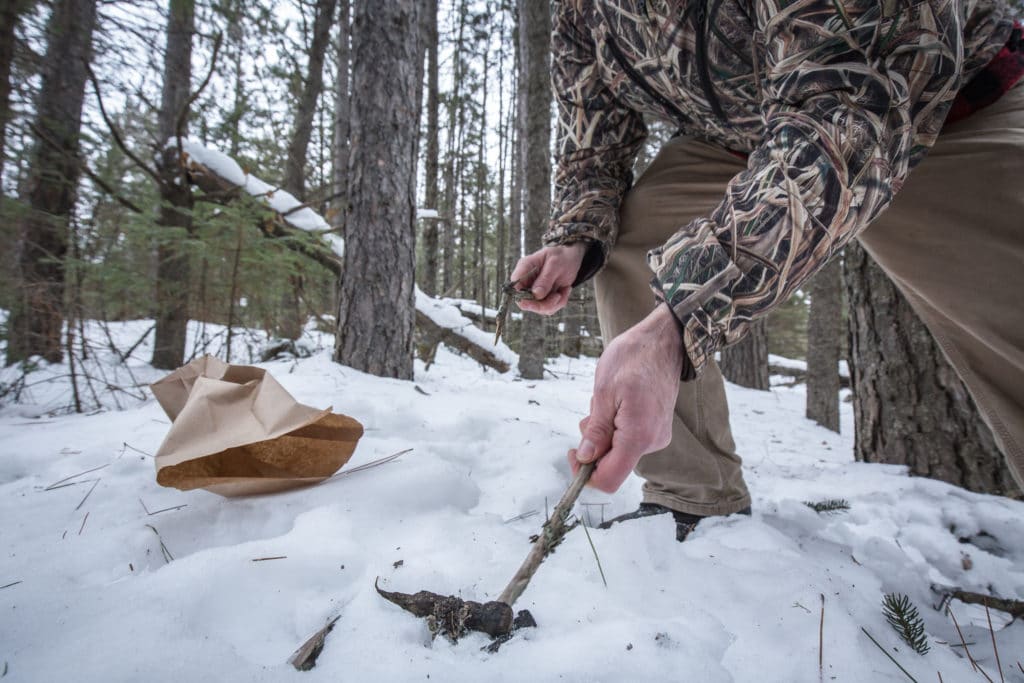
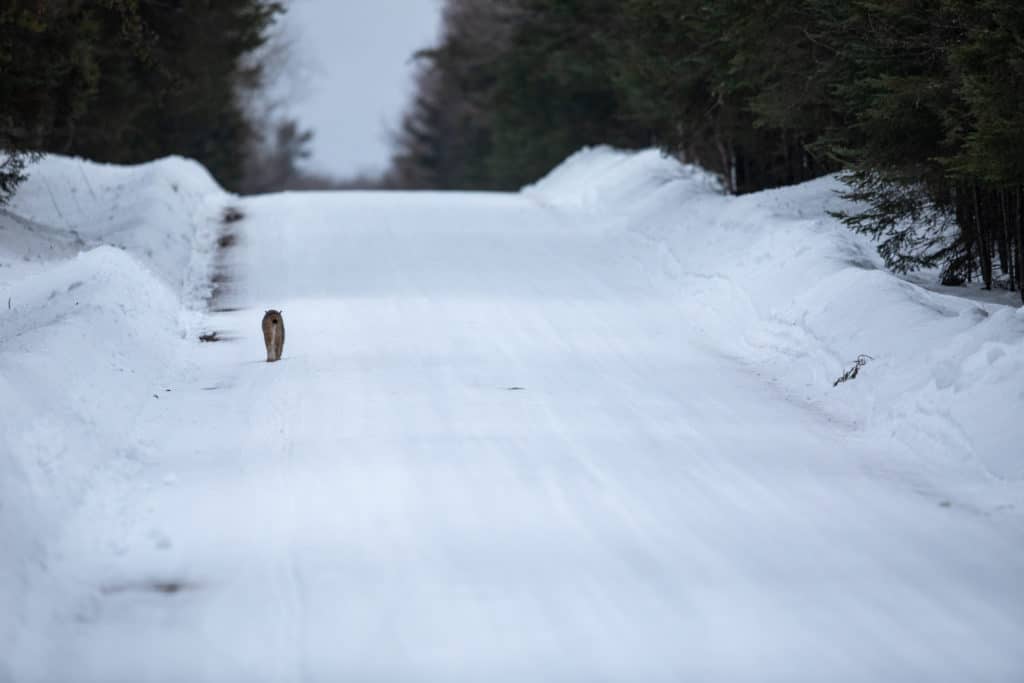

DNA Study Shows Lots of Lynx Living on the Superior National Forest


